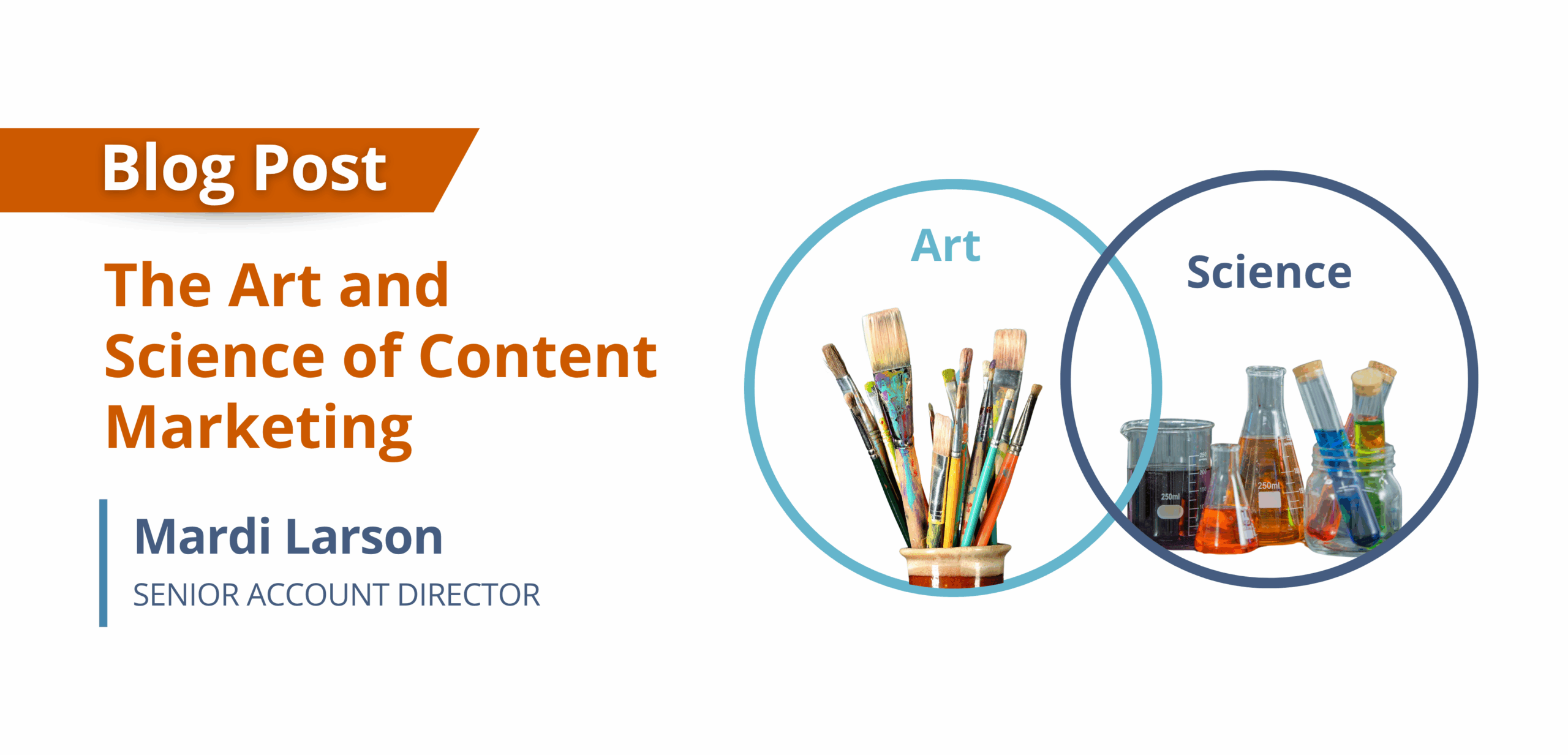Content marketing is a specialized function of marketing that focuses on creating, publishing, and distributing valuable, relevant, and high-value content to attract and engage target audiences. Having been in strategic communications roles for more than three decades, I embrace this model as the modern version of yesteryear’s “integrated communications” approach, where we ensured that content was widely distributed and shared across all the communications channels available to us. Back then there were only a handful of channels where today new channels are popping up every nanosecond, making content marketing programs more opportunistic and increasingly complicated all at the same time.
Content marketing is a smart approach for companies of all sizes, including early stage and maturing companies that want to establish themselves as thought leaders, as well as to build trust, establish industry authority, generate leads, and ultimately drive profitable customer engagements.
Content marketing is both an art and a science.
It requires creativity to craft compelling stories with helpful information that’s search engine optimized, as well as the discipline to ensure that content is planned out and effectively distributed and leveraged across all communications channels for maximum impact. In today’s fast-paced digital media landscape, simply creating great content and posting it on a company blog isn’t enough. You need a disciplined approach to ensure the great content you worked so hard to create reaches audiences across all the ever-evolving channels available.
I have a mantra – create once, publish and post everywhere possible. The art of repurposing content across all the channels is important. Communications pieces shouldn’t be siloed, they should be shared.
That’s where the PESO model comes in.
Understanding the PESO Model
The PESO model stands for Paid, Earned, Shared, and Owned and it is a structured framework for content distribution that ensures your content gains maximum exposure. Let’s break down PESO across the four areas and the common channels and forums within each.
- Paid Media includes traditional and digital advertising where companies pay for visibility. It quickly expands reach, driving targeted website traffic and increasing brand awareness. Common paid media channels include:
- Social media ads (Facebook, LinkedIn, Instagram, TikTok, etc.)
- Pay-per-click (PPC) search engine advertising
- Display advertising (banner ads, retargeting, and programmatic ads)
- Sponsored content and paid influencer partnerships
- Streaming ads on Hulu, NetFlix, Amazon Prime, etc.
- Traditional media such as TV, radio, billboards
- Earned Media is exposure gained through third-party entities. Earned media is just that – earned (not paid for). And it’s one of the most credible forms of media in the PESO model. It comes from external sources that provide the added value of independent validation for your company – its expertise, opinion, innovation or product. Earned media includes:
- Press coverage (features, quotes, and mentions in the media)
- Industry awards and recognitions
- Speaking engagements at conferences and industry events
- Coverage in industry analyst reports and recommendations
- Shared Media involves organic content distribution through social engagement. Shared media is a critical component for consumer brands and is often an underutilized area for B2B companies. This includes:
- Social media shares and engagements
- User-generated content (customers organically sharing experiences with your brand)
- Brand/company mentions and hashtags
- Organic, non-paid influencer engagement
- Community discussions (LinkedIn groups, Reddit, industry forums)
- Owned Media refers to content that a company owns and thus directly controls. These channels are essential because they allow companies to manage their messaging, share stories and provide valuable resources to their audiences. Examples include:
- Blog posts and company website content
- Whitepapers, case studies, e-books, infographics, reports and other informational resources
- Webinars, podcasts, and newsletters
- Sales presentations and corporate reports
- News releases
For a content marketing strategy to be successful, all four PESO areas and the many channels and forums nested within each should be considered.
Don’t just do a webinar – leverage the content across as many channels as possible. Don’t just do a news release on a news wire service, create a blog about bylined directly from an on-staff expert offering a personal perspective, post it to your newsroom and create social media posts. And that high-value earned media coverage, share it everywhere – work it into speaking engagements, awards applications, sales presentations, marketing collateral, social media channels, investor decks and more.
Content marketing isn’t just about creating high-impact and useful content – it involves strategic distribution and integration across multiple communication channels and touchpoints. By following the PESO model and maximizing earned media through smart distribution, companies can enhance their credibility and position themselves as true industry thought leaders. Their companies will come up more easily in online traditional and generative search, which is powerful for any B2B thought leadership brand.
